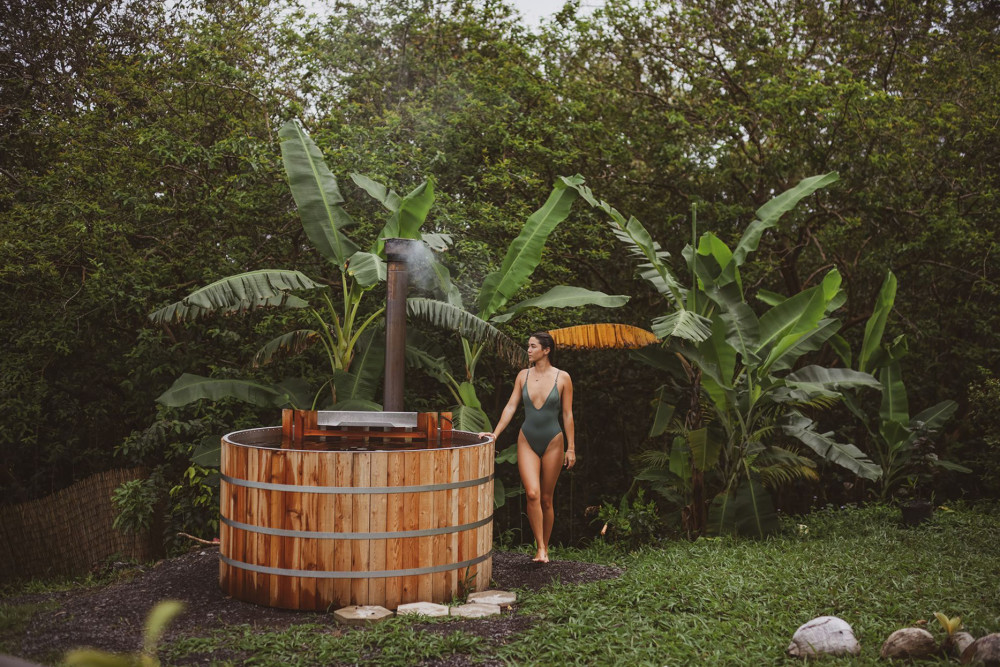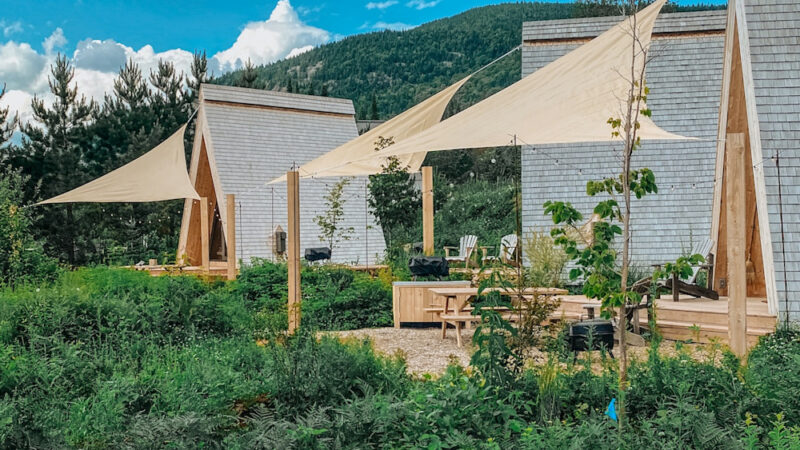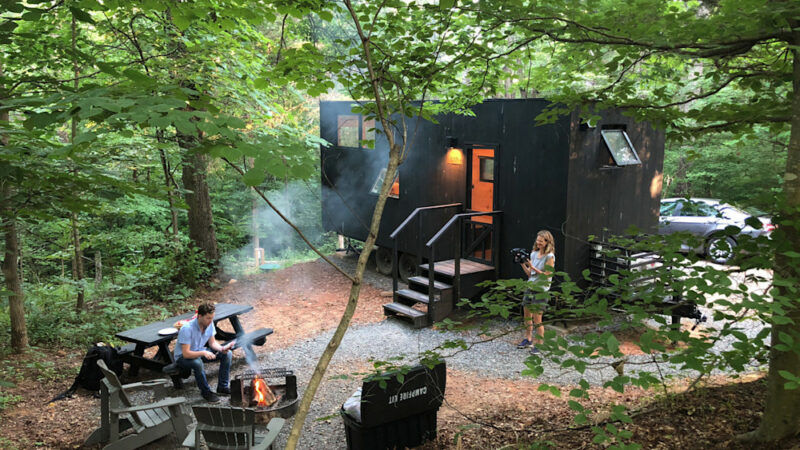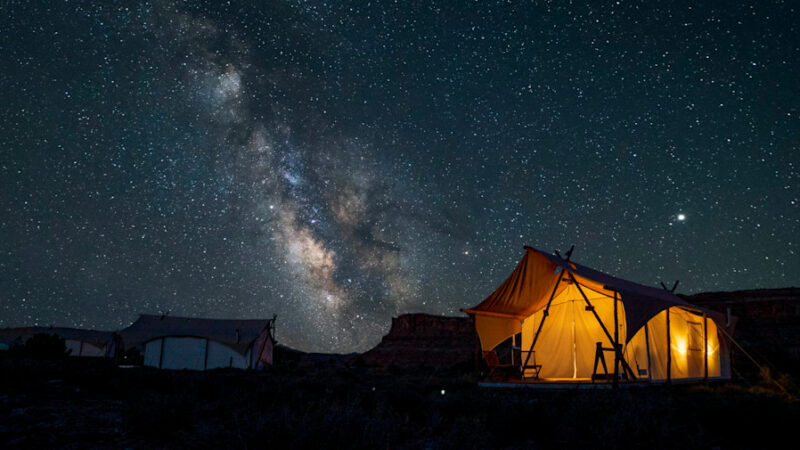All You’ve Ever Wanted to Know About Wood Fired Hot Tubs

Bonus: Build One Yourself!
Looking for a more hands on approach? Go the DIY route. Field Mag contributor Elias Carlson and his wife built a fully functional DIY hot tub with cold plunge at their Idaho home for just $2,000. Check out our step-by-step guide with material breakdown and everything to learn how to build a wood fired hot tub of your own..
Frequently Asked Questions
How long do wood fired hot tubs last?
Wood burning hot tubs made of cedar can last 15-20 years with proper care, thanks to the naturally durable and decay-resistant properties of cedar wood. Wood burning hot tubs with aluminum or fiberglass inserts can last decades longer. Though all is subject to proper care and careful maintenance.
What is the best type of wood for a wood burning hot tub?
Cedar is the best type of wood for a wood burning hot tub, specifically western red cedar and Alaskan yellow cedar. Its high tannin content makes it naturally waterproof and resistant to decay, wood rot, and warping, even after bring submerged in water for extended periods.
Alaskan yellow cedar has a beautiful color and is known for its clear and smooth grain, but it’s expensive. Western red cedar is the most popular choice for a wood soaking tub. It has the same durability and toughness as Alaskan yellow cedar, but costs less and has a distinct earthy, reddish hue. Plus all cedars smell fantastic.
In terms of heating, the best type of wood to use as fuel in a wood burning hot tub is seasoned hardwood, such as oak, birch, maple, or ash. Hardwood burns slower and produces a greater amount of heat than softwoods like pine or cedar—these should be avoided as they contain resin that can create a buildup in the stove and stovepipe and affect water quality.
Do you have to put chemicals in a wood fired hot tub?
The answer is really a matter of personal preference. For a true, authentic wood fired hot tub experience we recommend an approach without chemicals, which allows the rich aroma of cedar wood and natural water feel to enhance the experience. This requires you to drain the water after 2-3 uses, wipe down the inside of the tub with a mild water/bleach solution, and refill it again for next time. The downside is, this creates a lot of wasted water and is not very sustainable (though if you can divert the waste water towards a garden, problem solved!). A fixed, electric filtration system is another option.
Regardless, keeping your hot tub clean is hugely important, so if you can’t change the water often, chemicals are your best route to maintain proper water hygiene and prevent the growth of bacteria and algae. Chemicals such as chlorine or bromine can be used to sanitize the water and keep it safe for use with regular testing. Additionally, pH balancing agents are also used to maintain the optimal pH level of the water. Some natural, eco-friendly products also exist, like Ahh Natural and Blue Magic, which are worth looking into.
Alternatively, some users fill their hot tubs with saltwater for its therapeutic benefits as it’s more gentle on sensitive skin and naturally relieves inflammation. To go this route, instead of adding the typical amount of chlorine to the water, you can purchase a sanitizing saltwater system that enhances the saltwater’s natural ability to create chlorine and purify the water.
Source: https://fieldmag.herokuapp.com/articles/wood-fired-hot-tub-guide







